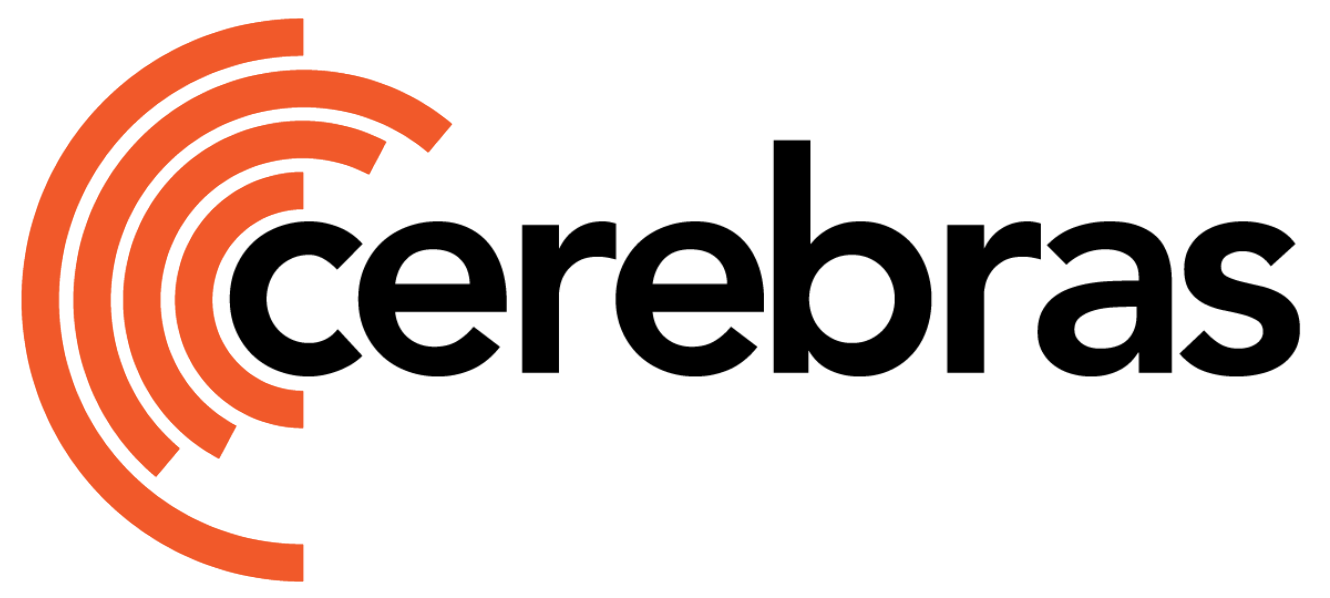Prerequisites
- You must have installed the Cerebras Model Zoo (click here if you haven’t).
- You must be familiar with the Trainer and YAML format
Configuring the Trainer
To enable summaries, aTensorBoardLogger which is required for summaries to be written.
Scalar Summaries
Motivation
It is often useful to visualize various scalar values during training. This may include scalar values such as learning rate, gradient norms, etc. For this, we provide thesummarize_scalar API which allows to summarize scalar model tensors. These summaries are written to Tensorboard events files and can be visualized using Tensorboard.
How to use scalar summaries
The scalar summary API is available as part of thecerebras.modelzoo.trainer package. To summarize a scalar tensor S, add the following statement to the model definition code:
S will be periodically written to the Tensorboard events file and can be visualized in TensorBoard.
Important considerations
- If the
Traineris not configured with a TensorBoardLogger callback, this method is a no-op and no summaries will be written.
Tensor Summaries
Motivation
In the section above, we described how to summarize scalar values, which can be visualized in TensorBoard. However, there are cases where it is desirable to summarize arbitrary tensor shapes. Since TensorBoard only supports visualizing scalar summaries, we provide a separate API, which is very similar tosummarize_scalar API, but for summarizing tensors of arbitrary shapes.
How to use tensor summaries
The tensor summary API is available as part of thecerebras.modelzoo.trainer package. To summarize a tensor T, add the following statement to the model definition code:
SummaryReader API (see below).
Here’s a simple example where we’d like to summarize the input features and last layer’s logits of a fully connected network:
SummaryReader API which supports listing all available tensor names and fetching a tensor by name for a given step. SummaryReader object takes as input a single argument denoting the path to a Tensorboard events file or a directory containing Tensorboard events files. Location of tensor summaries are inferred from these events files as there is a one-to-one mapping from Tensorboard events files and tensor summary directories.
In the example above, we added summaries for features and last_layer_logits. We can then use the SummaryReader API to load the summarized values of these tensors at a given step:
SummaryReader.read_tensor() returns one or more TensorDescriptor objects. TensorDescriptor is a POD structure which holds:
-
step: The step at which this tensor was summarized. -
utctime: The UTC time at which the value was saved. -
tensor: The summarized value.
Limitations
Adding tensor summaries may change how the graph is lowered and can create a different compile. This is because marking a tensor as an output may prevent it from being pruned out in certain operation fusions. From an overall computation standpoint, however, the graphs should be identical. The only difference is how the computation is represented.Conclusion
The ability to summarize scalars and tensors in a PyTorch model offers invaluable insights into the training process, allowing for the tracking and visualization of various values of interest. By leveraging theSummaryWriter and DataExecutor classes, along with the summarize_scalar and summarize_tensor APIs, users can effectively log and monitor key metrics and tensor values throughout the training lifecycle. These summaries not only aid in the immediate analysis and debugging of models but also facilitate long-term monitoring and evaluation of model performance over time. With the added functionality to retrieve and inspect these summarized values post-run, practitioners are equipped with a comprehensive toolset to optimize and refine their models, enhancing the overall efficiency and effectiveness of their training workflows in PyTorch.
